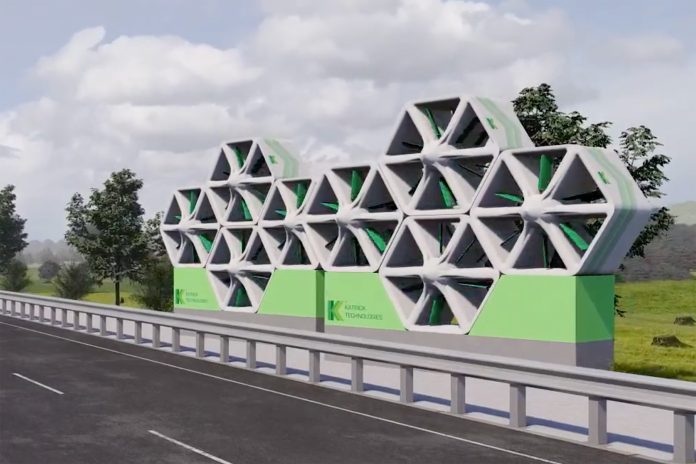In the growing quest for sustainable energy sources, wind power continues to hold a central place. However, traditional wind turbines—especially the large, rotary designs—often pose challenges in urban settings. These systems typically require open spaces, elevated installations, and consistent wind patterns, making them ill-suited for dense cities where airflows are more erratic and closer to the ground. In response to this issue, a Glasgow-based company has developed a compact, non-rotating alternative known as the Wind Panel.
Unlike conventional turbines that rely on rotating blades, the Wind Panel uses a system of oscillating aerofoils housed within enclosed ducts. As wind flows through these ducts, the aerofoils move back and forth, capturing kinetic energy even from turbulent, low-level winds. This mechanical movement is then converted into electrical energy. Because the device is fully enclosed and contains no external moving blades, it operates silently and poses no risk to wildlife or nearby structures—an important consideration in urban deployment.
The system is designed for easy installation on buildings, rooftops, and greenfield sites. Its modular layout means multiple panels can be installed in series or parallel configurations, allowing for scalability based on energy needs. The compact size also enables integration into existing urban architecture without the extensive structural reinforcements required for traditional turbines.
Katrick Technologies, the team behind the Wind Panel, collaborated with the University of Strathclyde to validate and test the device. The system has already achieved Technology Readiness Level 5 (TRL 5), meaning it has been tested in a relevant environment and is considered a validated prototype. This puts it well on the path to commercial deployment.
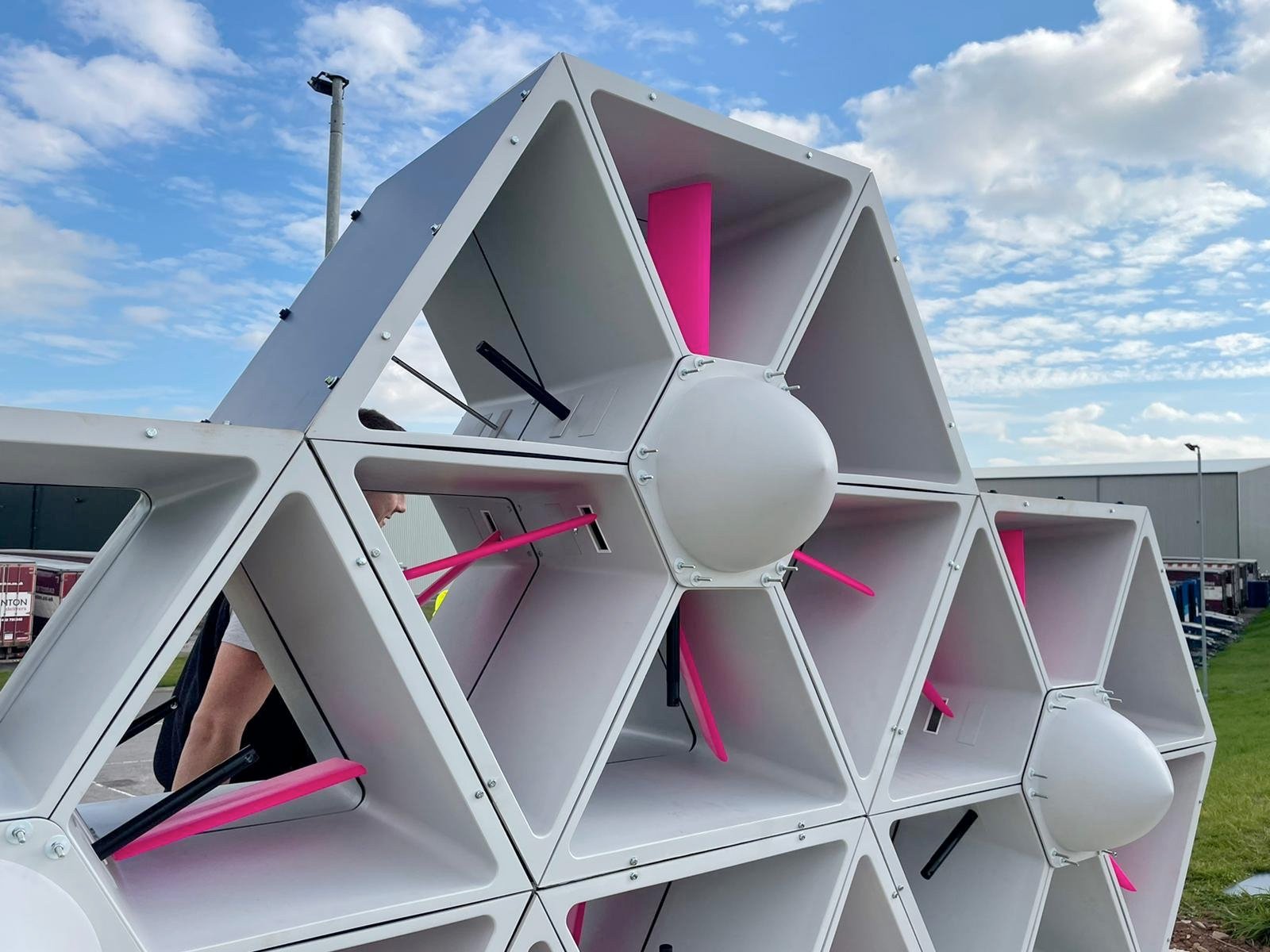
Speaking about the concept, the company stated:
“We have designed our wind panel technology to harvest energy from low-level and turbulent wind, which is often overlooked by traditional wind turbines.” They add, “Our oscillating panels offer a cost-effective and flexible solution that can be mounted on rooftops, road signs, and other structures in the built environment.”
One key advantage of this approach is its suitability for environments that were previously considered non-viable for wind energy. Cities typically experience unpredictable and gusty winds near street level, conditions that large turbines are not built to handle. The Wind Panel’s design turns that limitation into an opportunity, capturing the kind of airflow that often goes to waste.
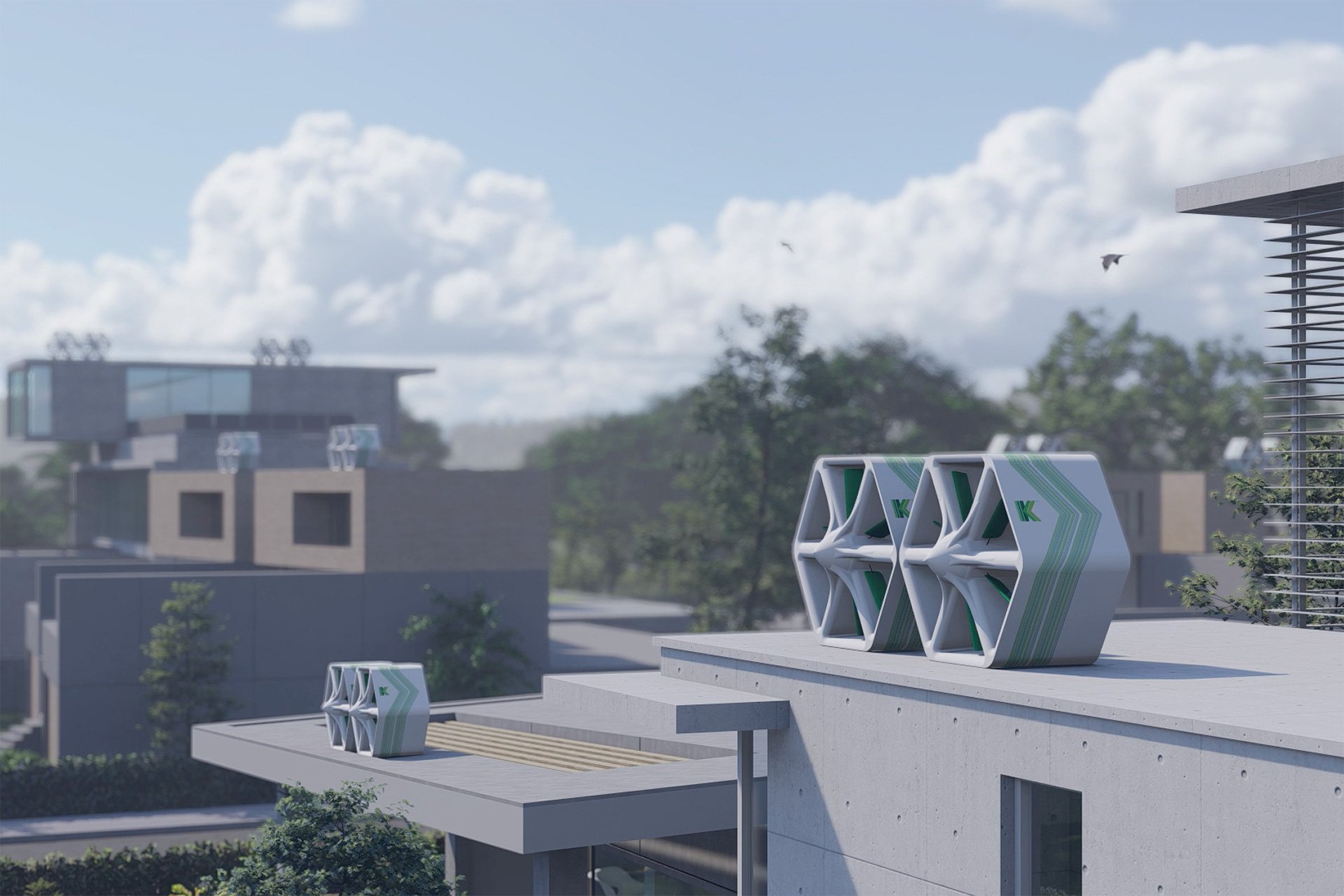
The company is also pursuing a licensing business model. Rather than manufacturing the panels for direct sale, it aims to license its patented technology to equipment manufacturers (OEMs) across various sectors and geographies. This approach allows for broader distribution and adaptation of the design to suit different markets and applications.
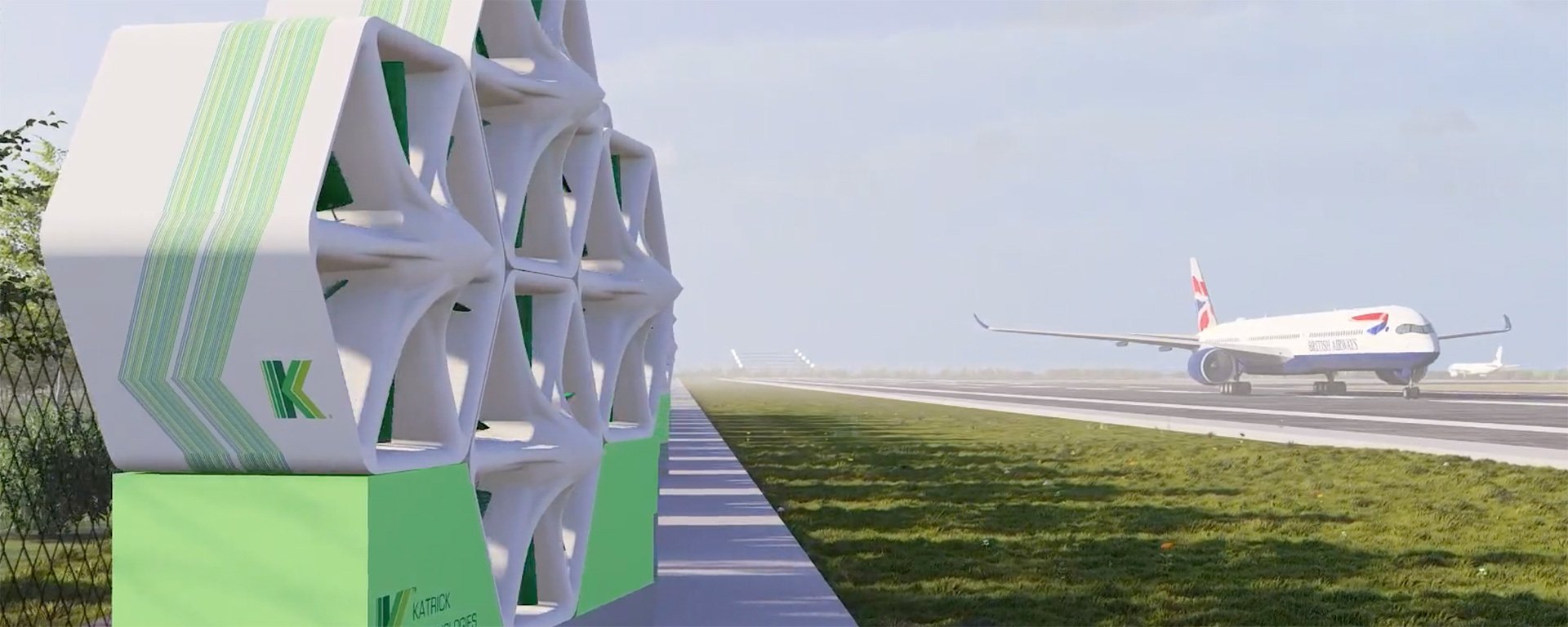
In recognition of its innovation in the clean energy space, the Wind Panel has garnered several accolades. Katrick Technologies was named among PwC’s “Net Zero Future50” companies to watch in 2022 and received the Energy Innovation Award at the National Sustainability Awards 2023. These acknowledgments underline growing interest in alternative wind solutions tailored to urban and modular settings.
While no official pricing has been made public as of now, the company has indicated that the technology is designed to be cost-effective in both installation and operation, particularly in comparison to conventional wind turbine systems. Ongoing testing and industry partnerships are expected to bring the product closer to commercialization in the near future.
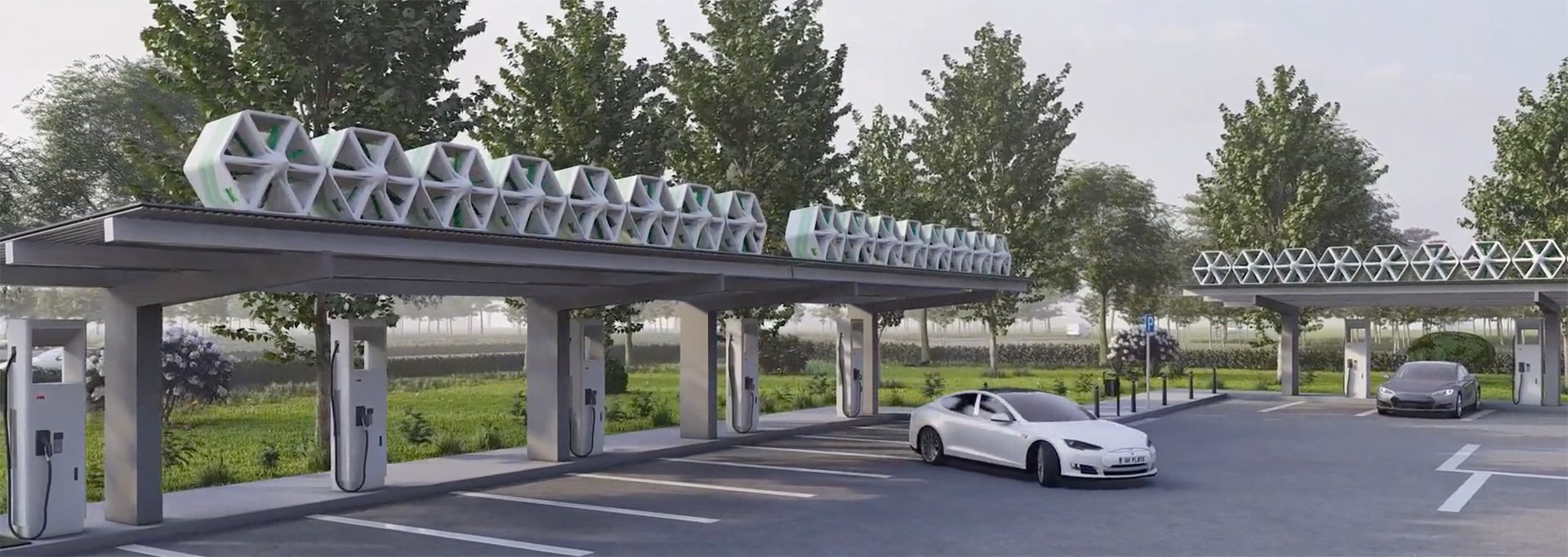
As cities look for practical ways to meet renewable energy goals without overhauling existing infrastructure, technologies like the Wind Panel may offer a new path—one that works with the wind most of us actually experience: the kind that swirls at street level.
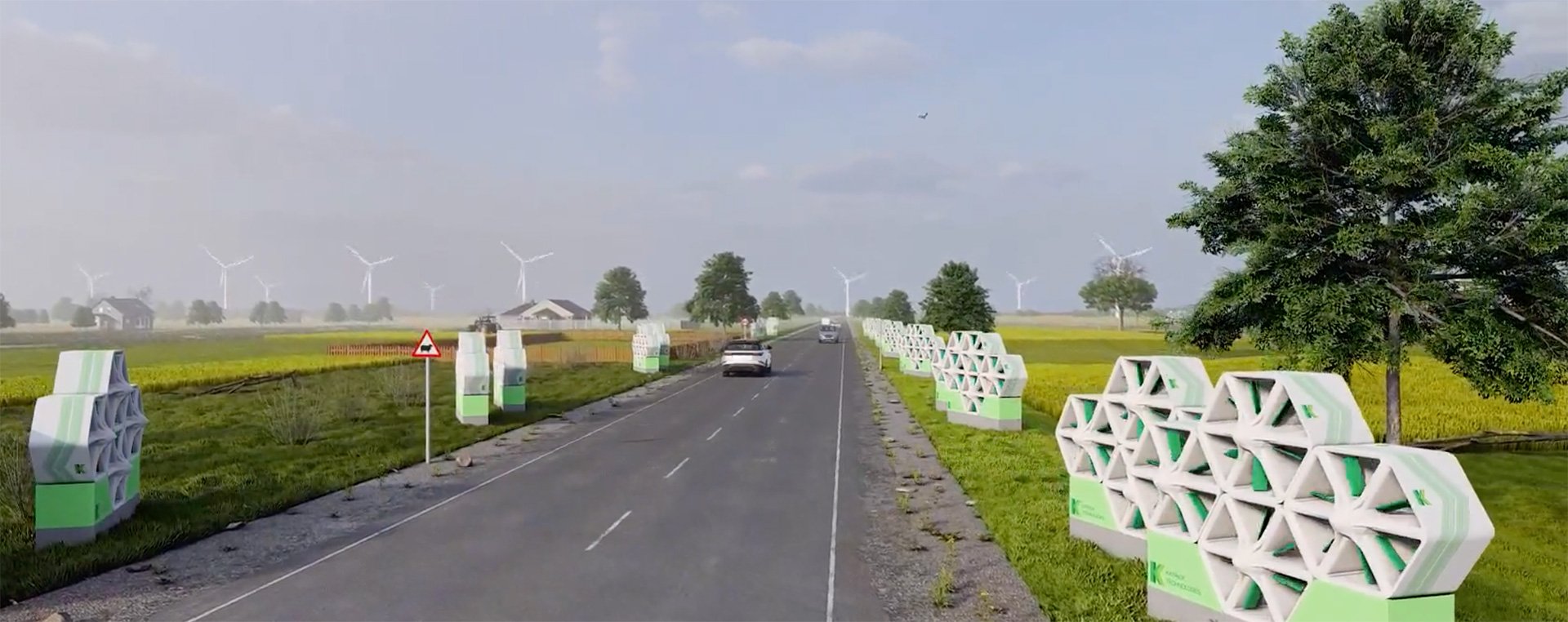
Source: Katrick Technologies

